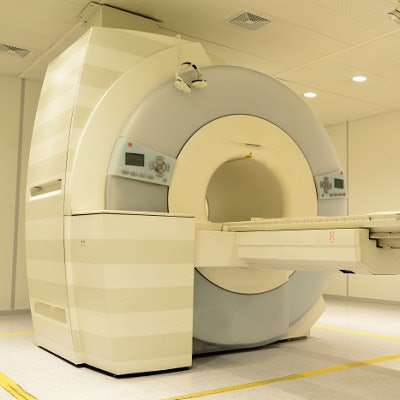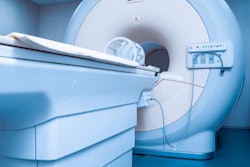
Bucking a consistently upward trend, the total number of MRI procedures in the U.S. decreased in 2017 for the first time in two decades, as procedures shifted from independent standalone facilities to hospital-based imaging centers, according to a new market research report by IMV Medical Information Division.
The number of MRI scans fell by 8% last year to an estimated 36 million exams, compared with 39 million total procedures in the U.S. in 2016. The drop-off is the first such decline since 1996, when IMV began surveying MRI procedures.
The main culprit behind the decline was a major loss of volume among nonhospital locations, which saw their number of procedures decline approximately 20% to 18 million scans in 2017, compared with 22.5 million exams in 2016. Nonhospital sites include both independent imaging centers and facilities owned by hospitals. On the other hand, the number of MRI scans in hospitals rose by approximately 9% to 17.7 million scans last year, compared with 16.2 million exams in 2016.
| U.S. MRI procedure volume, 2016-2017 | |||
| 2016 | 2017 | % change | |
| Total No. of MRI scans | 39 million | 36 million | -8% |
| No. of MRI scans in nonhospital locations | 22.5 million | 18 million | -20% |
| No. of MRI scans in hospitals | 16.2 million | 17.7 million | 9% |
"The nonhospital-based facilities were more likely to cite Medicare and lower third-party reimbursement and multiple-procedure bundling for the decline," said Lorna Young, senior director of market research at IMV. "In addition, preauthorization denials from third-party insurers were more likely to cause procedures to decline among standalone imaging centers."
The IMV online survey included more than 400 hospital-based and hospital-owned operations and independent standalone facilities. Based on total volume, MRI procedures at independent imaging centers accounted for 31% of all MRI procedures in 2017, down from 37% in 2016. MRI procedures performed at hospitals and their associated imaging centers contributed 69% of the scans last year, compared with 61% in 2016.
The lower number of MRI scans in 2017, however, does not appear to have a negative effect on facilities' future purchase plans. The survey results also showed that 30% of all respondents plan to purchase a fixed MRI system over the next three years. That number is up from 24% of MRI users in IMV's 2014 survey. In addition, 25% of respondents said they "maybe" plan to purchase a fixed MRI scanner.
Replacement buys
"The independent standalone imaging centers are less likely to purchase an MRI scanner in the near future, while those that are owned by the hospitals are just as likely to be buying as those that are in the 200-plus bed range," Young said. "There is a lot of replacement buying going on, but we are also now seeing additional purchases of an MRI scanner to add to capacity."
There was a peak of MRI scanner installation between 2002 and 2004, she added. Given that the replacement cycle is approximately 12 years, the timing would be right for MRI facilities to plan for replacement scanners or new devices.
Interestingly, facilities with 400 or more beds and at least three fixed MRI scanners were more inclined to buy another system, as they plan to take on additional capacity or replace their older devices. And while 1.5-tesla scanners remain the mainstay of the modality, approximately 25% of the MRI sites in purchase mode plan to acquire a 3-tesla device.
The imaging centers that are planning MRI purchases are also more cost-constrained, as more than 40% are considering the purchase of refurbished MRI units, compared with nearly 20% of the market overall, Young noted.
Disclosure: AuntMinnie.com is a subsidiary of IMV Ltd.



.fFmgij6Hin.png?auto=compress%2Cformat&fit=crop&h=100&q=70&w=100)




.fFmgij6Hin.png?auto=compress%2Cformat&fit=crop&h=167&q=70&w=250)











